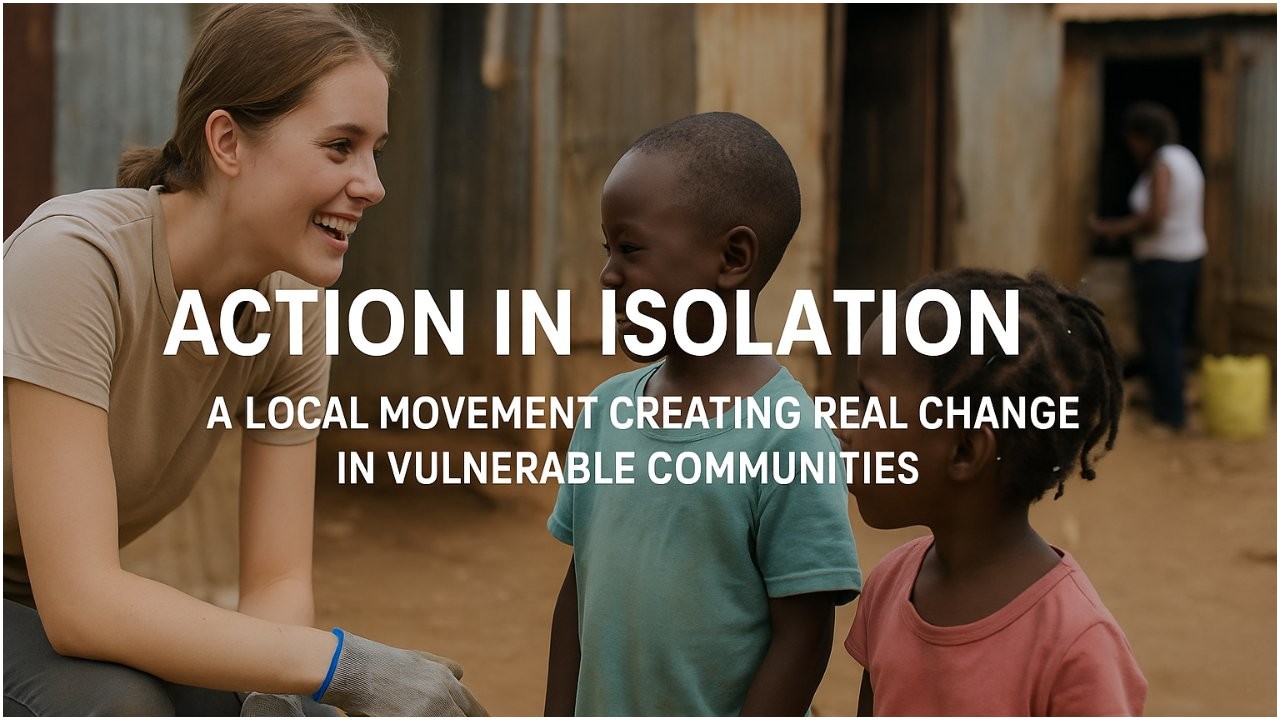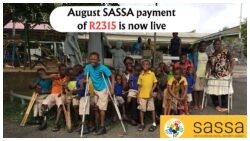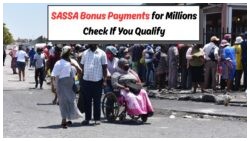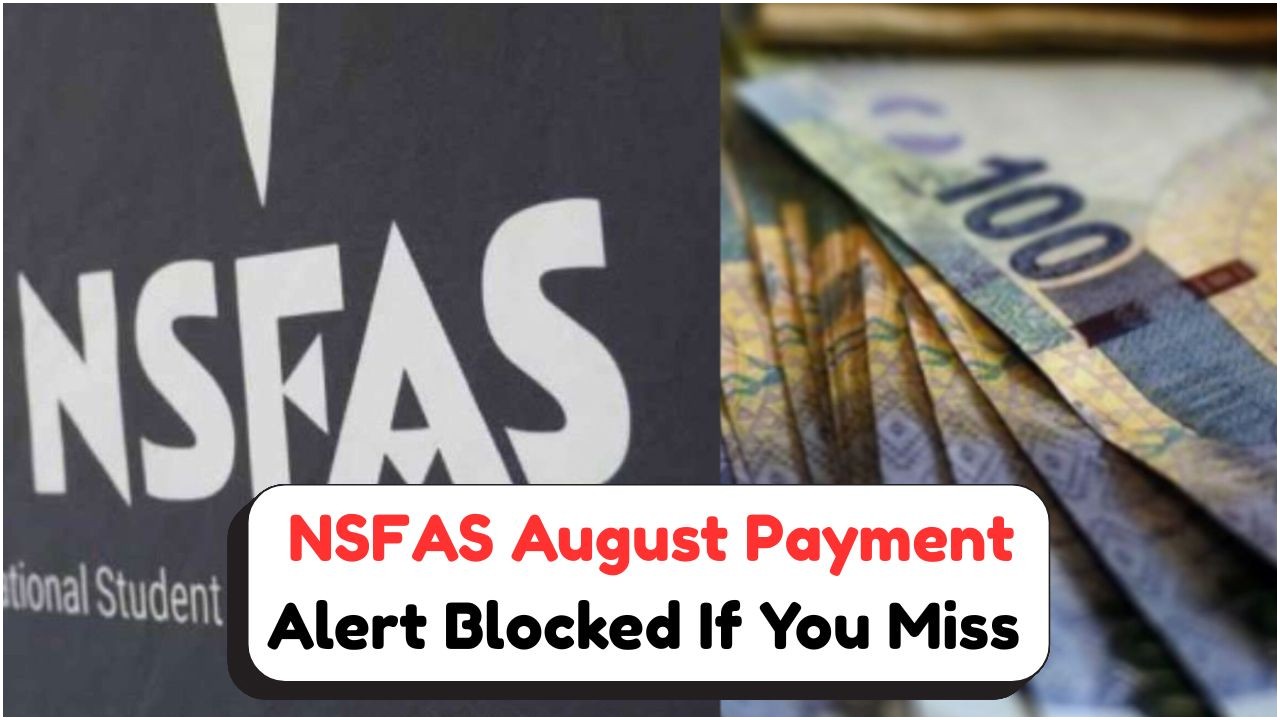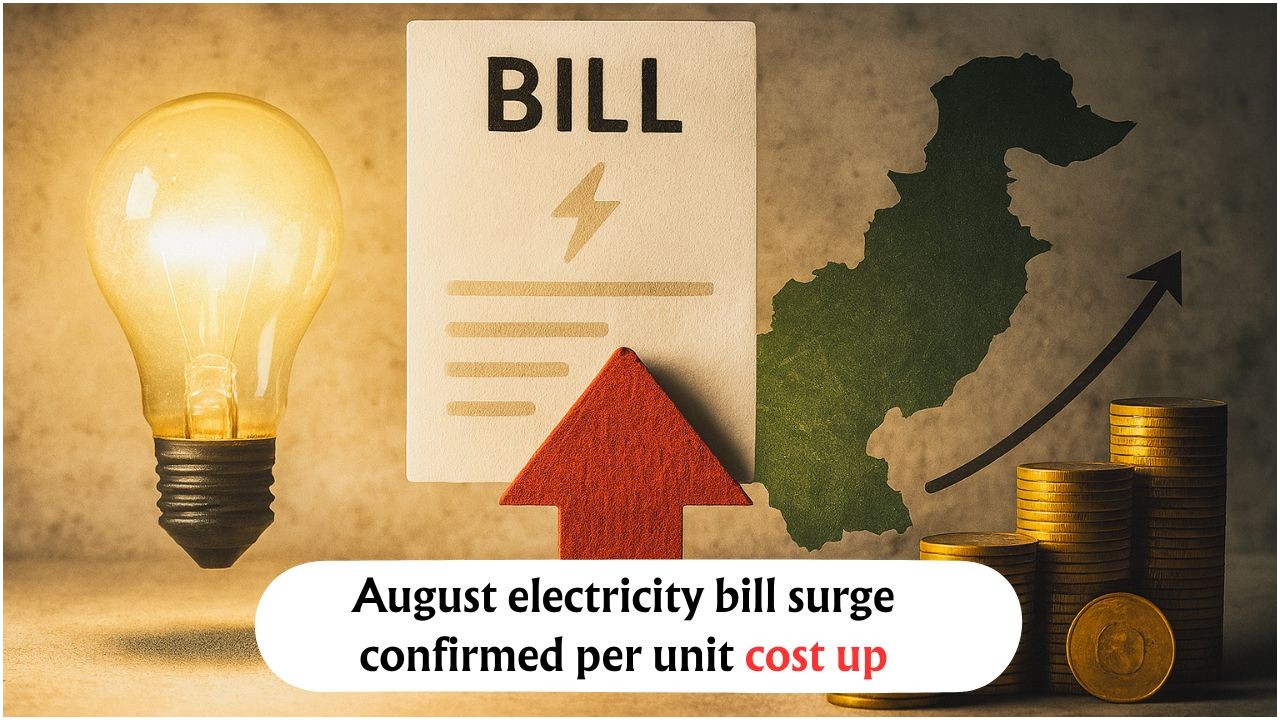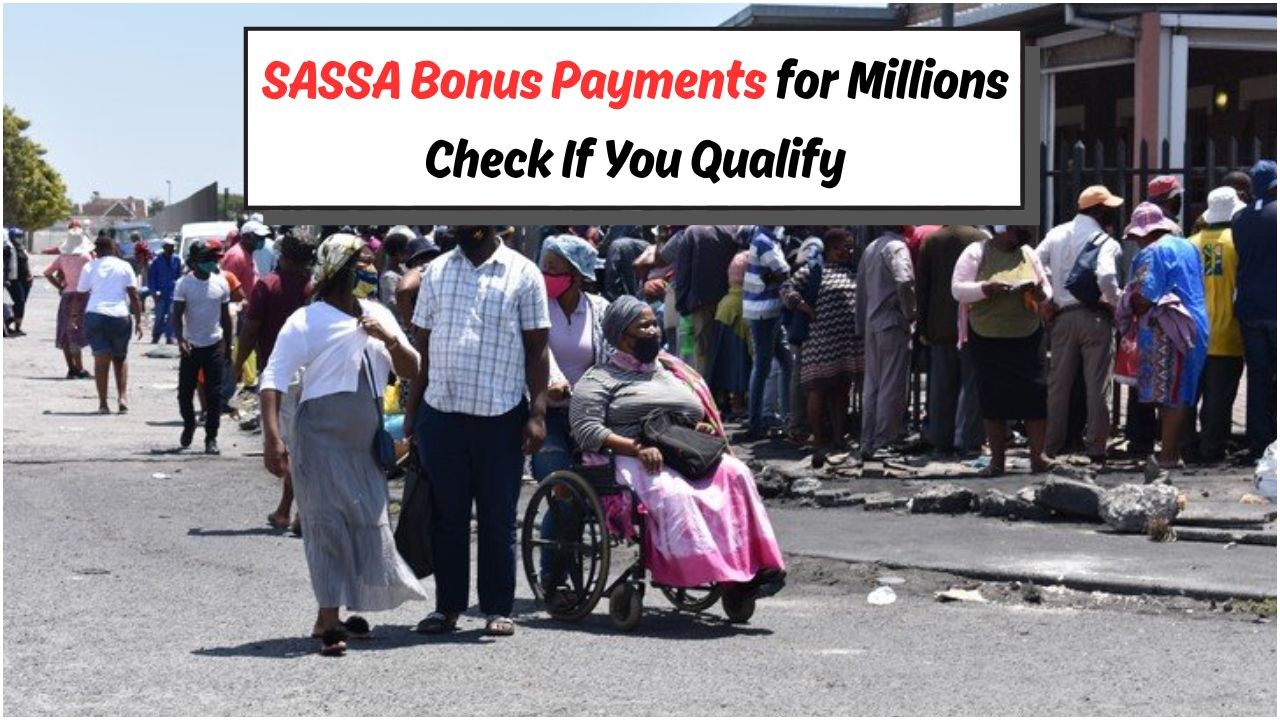Vulnerable Communities – In times of crisis or neglect, it’s often not the government or big organizations that spark real change—it’s the quiet, tireless efforts of local heroes. “Action in Isolation” is one such grassroots movement that emerged from necessity and compassion. What started as a small response to the growing needs of isolated and vulnerable communities has now turned into a life-changing initiative that is inspiring change far beyond its original scope.
What Is “Action in Isolation”?
“Action in Isolation” is a community-driven initiative aimed at addressing the immediate and long-term challenges faced by vulnerable groups—such as the elderly, low-income families, single mothers, and people with disabilities—who are often left behind by mainstream social programs. The movement originated in a small township in South Africa during the COVID-19 lockdowns, when many households were cut off from resources and support systems.
Rather than waiting for external aid, a few volunteers began checking on neighbors, distributing food parcels, and creating makeshift help centers. As word spread, more community members joined in, and the initiative formalized into a structured, ongoing program of support.
Core Objectives of the Movement
The “Action in Isolation” campaign was not just about charity. It was (and remains) focused on empowering communities from within, ensuring long-term sustainability. The core objectives include:
- Direct Relief: Supplying food, medicine, clothes, and hygiene kits to households in crisis.
- Community Empowerment: Training local volunteers in healthcare basics, mental health first aid, and education support.
- Youth Engagement: Keeping young people off the streets by involving them in community service, skill development, and peer mentoring.
- Elderly Care: Organizing daily check-ins, meal deliveries, and companionship services for older residents.
- Sustainable Growth: Introducing community gardens, recycling projects, and small-business mentorship for local entrepreneurs.
How It Works – The Ground-Level Model
Unlike centralized NGOs, “Action in Isolation” relies on hyper-local engagement. Here’s how the model works:
- Local Volunteers: Each neighborhood has a group of vetted volunteers responsible for conducting door-to-door needs assessments.
- Resource Sharing: Instead of relying only on outside donations, the movement encourages sharing of local resources (excess food, blankets, fuel, etc.).
- WhatsApp Help Groups: Each area has a group chat where urgent needs, updates, and requests are posted daily.
- Monthly Donation Drives: Community halls or churches serve as collection and distribution hubs.
- Skill Exchange Circles: Local people teach each other essential skills like sewing, farming, plumbing, or tutoring kids.
This decentralization not only builds trust but ensures that help is immediate and tailored.
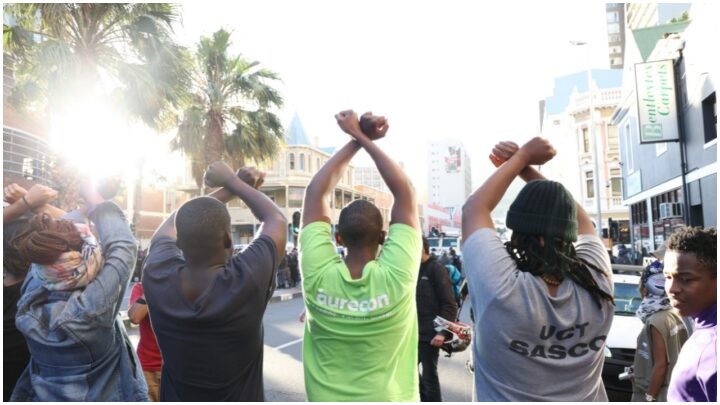
Impact So Far – Real Numbers, Real Lives
As of July 2025, “Action in Isolation” has expanded into 42 informal settlements and suburbs across South Africa and has touched the lives of over 86,000 people.
| Area Name | Families Supported | Youth Volunteers | Meals Delivered |
|---|---|---|---|
| Khayelitsha | 3,500 | 220 | 42,000 |
| Soweto | 5,200 | 310 | 58,000 |
| Mitchells Plain | 2,900 | 180 | 39,000 |
| Alexandra | 4,100 | 240 | 51,000 |
| Umlazi | 3,600 | 200 | 45,500 |
Additional outcomes include:
- 150+ elderly care partnerships.
- 20 active community gardens.
- 500+ children receiving academic support weekly.
- 40 small businesses launched with community microgrants.
Personal Stories – Faces Behind the Movement
Zanele, 18 (Youth Volunteer)
“I used to spend all day on my phone doing nothing. Now I visit grannies and help them with groceries. I feel like I matter.”
Mr. Tambo, 72 (Beneficiary)
“My son moved away, and I had no one. These young people knock every morning, asking how I am. I eat every day now.”
Farida, 33 (Single Mother)
“After losing my job, I thought I would have to send my daughter away. But the food deliveries and childcare group saved us.”
These are not isolated stories—they are repeated across every street touched by this movement.
Future Plans and Expansion
“Action in Isolation” is currently collaborating with local municipalities to gain legal recognition and tap into small government grants. The future roadmap includes:
- Establishing permanent community wellness centers in five regions.
- Expanding mental health outreach for teens and caregivers.
- Launching a mobile education bus to teach basic digital skills.
- Building an online platform for transparency and volunteer matching.
They also aim to document their model for replication across other countries facing similar challenges.
How You Can Get Involved
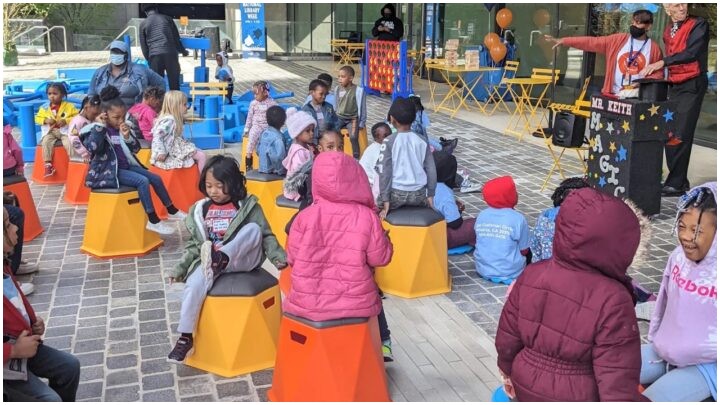
You don’t need a degree in social work or big money to participate in something meaningful. Here’s how you can join or support:
- Volunteer your time – even an hour a week counts.
- Donate essential items – especially baby formula, sanitary pads, and non-perishable food.
- Start a mini-cell in your area using their open guide.
- Spread the word on social media to amplify their impact.
- Mentor youth in trades or life skills.
This movement proves that even isolated actions, when repeated and shared, can lead to community-wide transformation.
“Action in Isolation” is more than a relief effort—it’s a revival of humanity in its purest form. In a world overwhelmed by apathy and top-down systems that often fail the most vulnerable, this local movement stands as a reminder that real change starts right next door. All it takes is one person to knock on a door, offer help, and inspire another to do the same. Together, isolation can turn into connection—and connection into collective action.
FAQs of Vulnerable Communities
Q1. Who started the Action in Isolation movement?
The movement was initiated by a group of volunteers in a small township during the COVID-19 lockdowns.
Q2. Is Action in Isolation a registered NGO?
Not yet, but they are working toward formal registration to access government support.
Q3. How can I become a volunteer?
You can contact your local area representative or join via their WhatsApp or Facebook pages.
Q4. What kind of donations are needed most?
Non-perishable food, baby supplies, warm clothing, and school stationery are most needed.
Q5. Can I replicate this model in my own city or country?
Yes! They offer an open-source guide to starting a local cell in your own area.
